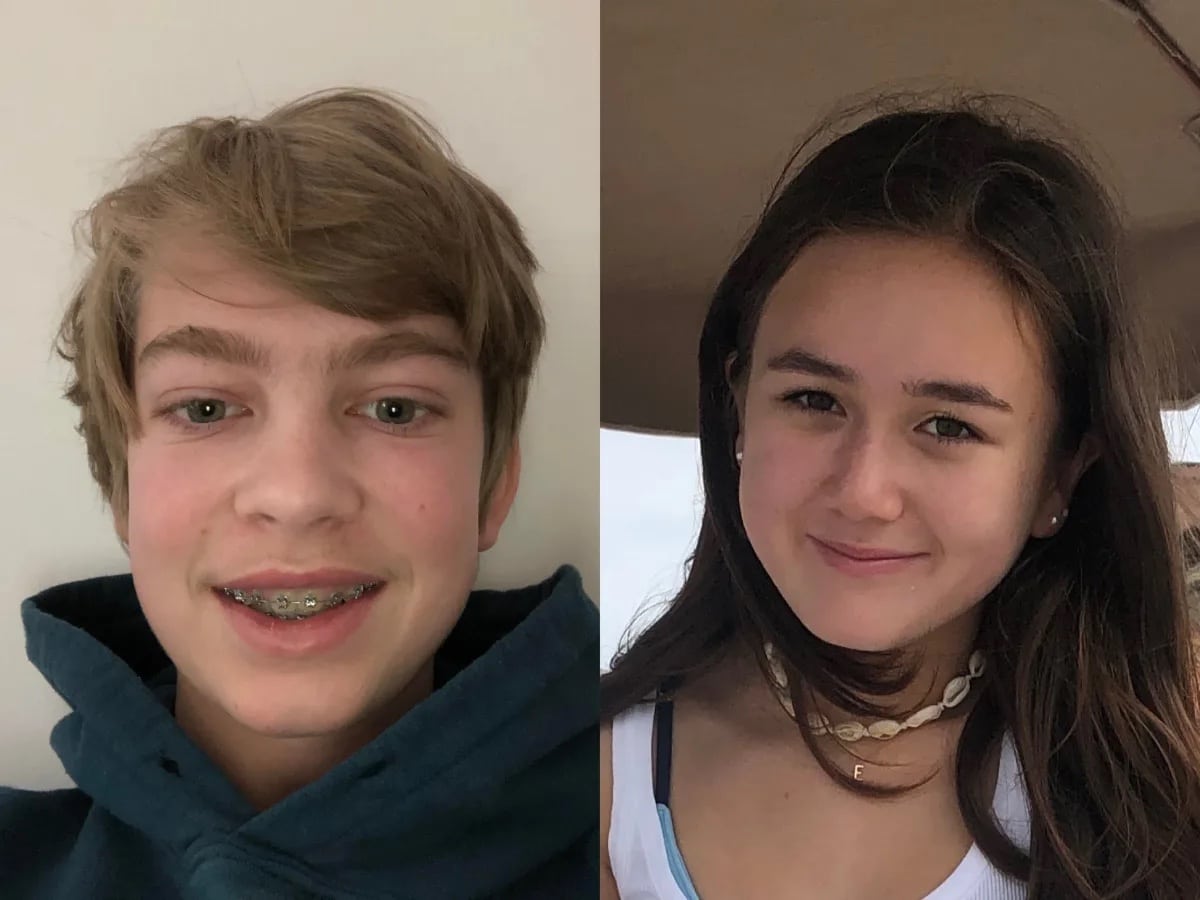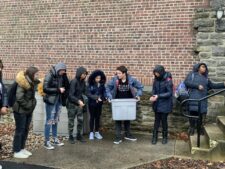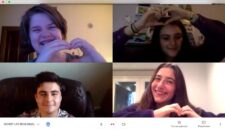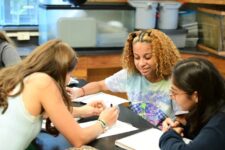It’s the dream of many aspiring journalists to have their work published in “The New York Times”. For Will C. ’23, it’s already a reality.
“This is a revolution in the way people have thought about cancer treatment,” Will writes in his article, “A New Cancer Treatment That Is Faster, More Efficient and Less Risky Is Coming: Bacteria Bombs,” which was published in “The New York Times” on May 7. “Bacteria may soon join the list of unlikely allies in the fight against cancer, joining the ranks of debilitating chemicals and harmful radiation.”
Students in Katie Kartheiser’s 9th Grade intensive biology class participated in “The New York Times”’s inaugural STEM Writing Contest, which invited high school students around the world to submit a 500-word essay on a topic of their choosing in science, technology, engineering, or math. Over 1,600 students applied, and among them, 44 — including two ECFS students, Will and Erin S. ’23 — were selected as finalists.

The contest encouraged students to replicate what science columnists regularly do: synthesize findings from multiple sources and present them in a format that’s interesting and accessible to the average reader. It’s a writing style that’s different from the dense and jargon-heavy vernacular many people associate with science, but that’s exactly what Kartheiser intended: “I believe that science writers need to communicate very clearly with their audience,” she says. “Whatever things you need to explain, you need to explain in a way that non-scientists can understand.”
Will’s essay, which the contest runners selected as one of the top eight entries, discusses a novel oncological treatment developed by researchers at the University of California. By modifying the DNA of salmonella so that it thrives in tumorous tissue but not in healthy, non-cancerous tissue, the researchers are able to harness the cell-invading properties of the bacteria to deliver cancer-killing drugs where they are needed.
Such an advanced concept would be difficult for any writer to distill into easy-to-read language — which makes Will’s accomplishment all the more impressive. “A big challenge was the word limit,” he says. “It’s a pretty complex topic, and it was hard to figure out how to make my points concise enough to explain it in that short of a word count.”
Whatever things you need to explain, you need to explain in a way that non-scientists can understand.
Will wasn’t the only one of his classmates to earn recognition. Erin, whose essay, “The Rusty Patched Bumblebee: A Ticking Time Bomb,” received an Honorable Mention, wrote about the devastating impact the deteriorating bee population will have on agriculture if left unchecked. According to her research, bees pollinate $30 billion of crops each year, and their decline — in one species, up to 87% — poses a major threat to the world’s food supply.
For Erin, who is passionate about climate change, the numbers were shocking. “I had been hearing about bumblebees going extinct, but it wasn’t really something that was mentioned a lot, so I wanted to learn more about it. When I saw these statistics, it was eye-opening, and I wanted to raise awareness about what’s happening.”
Above all, Kartheiser is proud that her students took away from the assignment the skills necessary to succeed as scientists. “I want them to always look to include evidence whenever they’re making a claim,” she says. “Collecting evidence, backing up your claims with evidence, and then also citing the original author of the source is what we want all our science students to walk away with.



